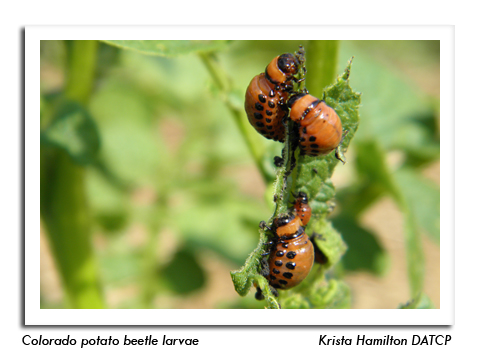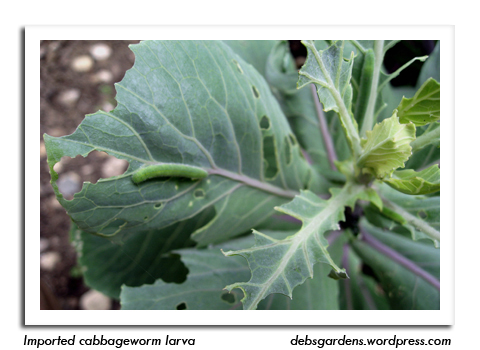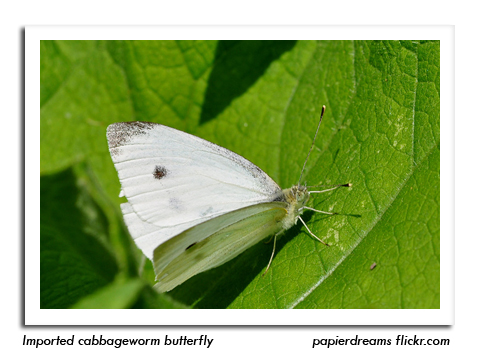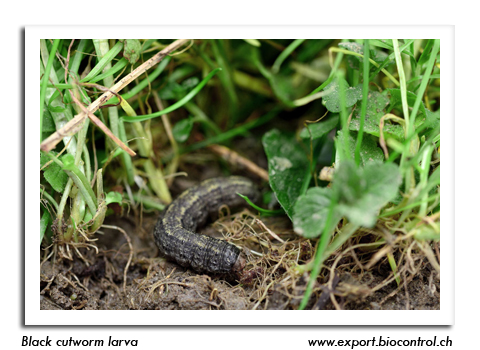
 |
|
|
Vegetables
Volume 63 Number 5 Date 05/31/2018 STRIPED CUCUMBER BEETLE - Adults are expected to become increasingly abundant by mid-June. Growers of cucurbits can begin inspecting plants for these yellow and black striped beetles, of greatest concern for their role as bacterial wilt vectors. Striped cucumber beetles introduce the bacterial disease into cucumbers, melons and squash through feces or contaminated mouthparts. The first symptom of bacterial wilt on cucumber and melon is a distinct flagging of lateral and individual leaves. Early beetle control may be justified for populations of one beetle per plant in melons, cucumbers and young pumpkins, and five beetles per plant for less susceptible cucurbits such as watermelon and squash. COLORADO POTATO BEETLE - Oviposition has started across southern and central Wisconsin. The bright orange-yellow eggs deposited by the females are now detectable on the undersides of potato leaves. At normal June temperatures, the eggs hatch in 4-8 days and larvae mature to the third instar stage in another 5-9 days. These early individuals are usually less destructive than the summer generation. Treatment is justifiable for pre-flowering, 6- to 8-inch potato plants when defoliation exceeds 20-30%. IMPORTED CABBAGEWORM - Larvae are emerging statewide. Routine weekly scouting for the yellow eggs laid singly on plants and velvety green caterpillars with a yellow, longitudinal stripe is suggested. The economic threshold for this pest in cabbage is 30% infestation at the transplant to cupping stages. BLACK CUTWORM - Home vegetable gardens and larger plantings should be monitored for signs of black cutworm feeding now that first-generation larvae are in the damaging late-instar stages. Beans, cabbage and other crucifers, carrots, celery, corn, lettuce, peas, peppers, potatoes and tomatoes are all susceptible to black cutworm injury during the transplant establishment period. Most cutworm damage occurs at night as the larvae feed on the stems of young plants at or slightly above or below the soil line. During periods of wet weather, the larvae usually cut plants at the soil surface. -- Krista Hamilton, DATCP Entomologist 





|
|
|